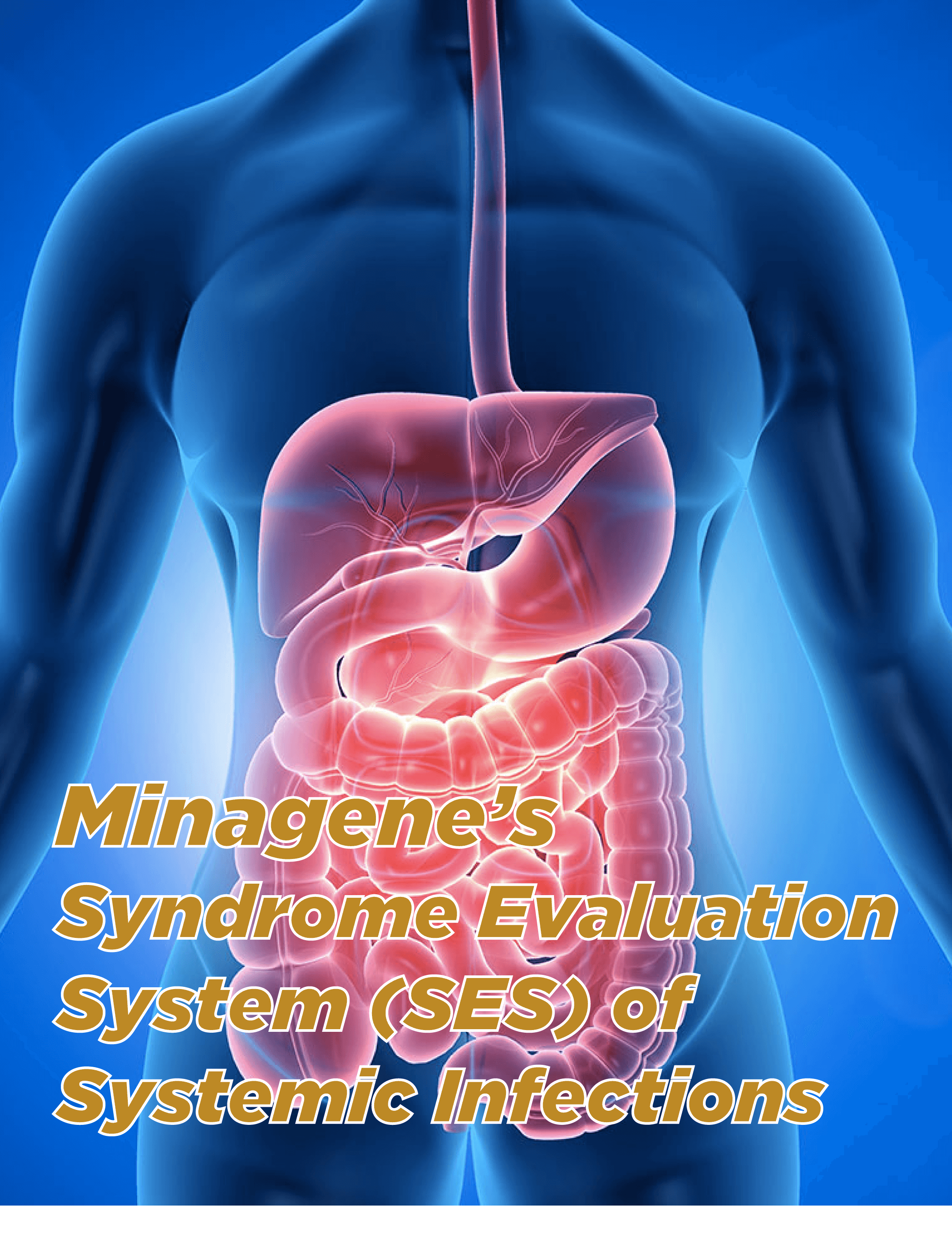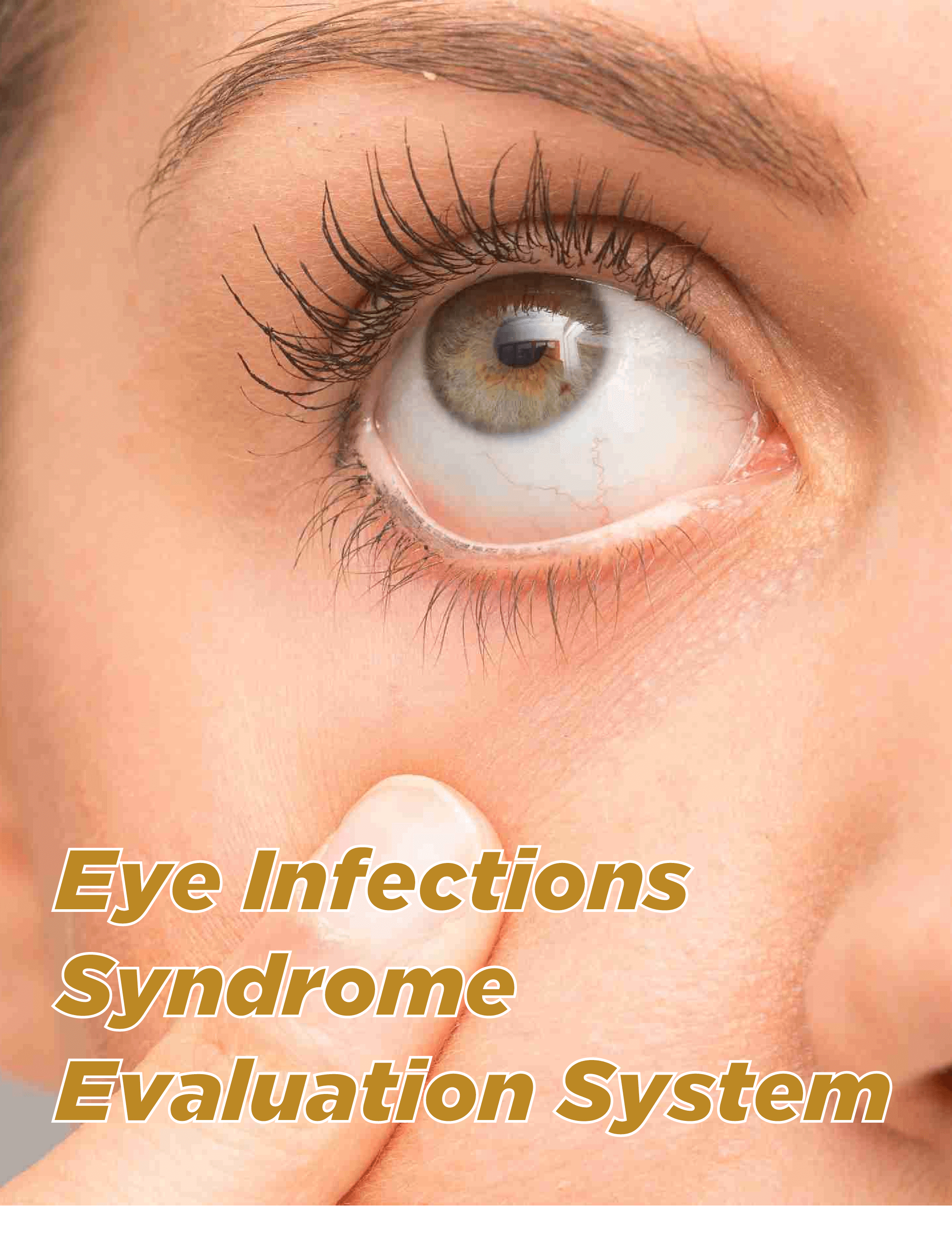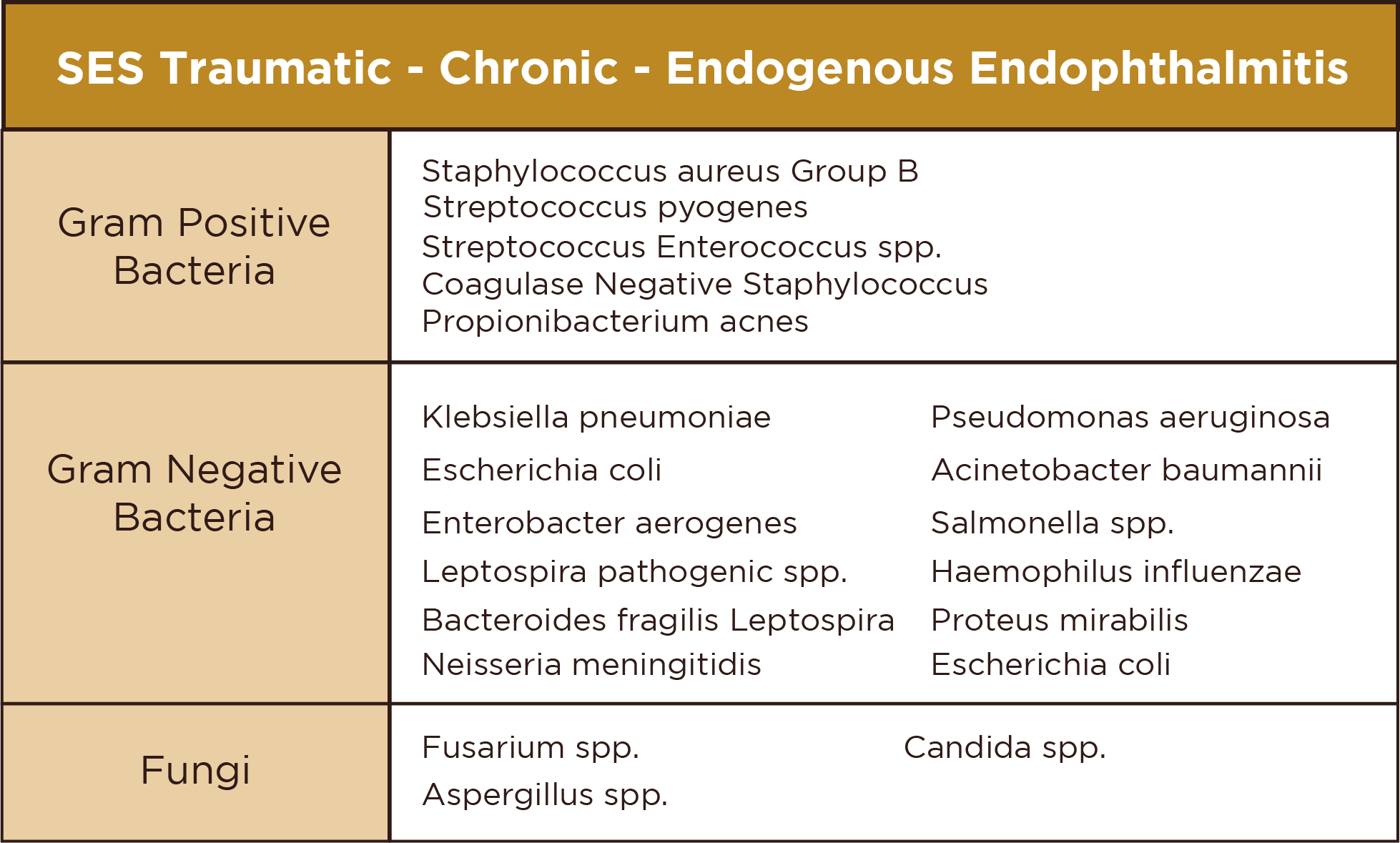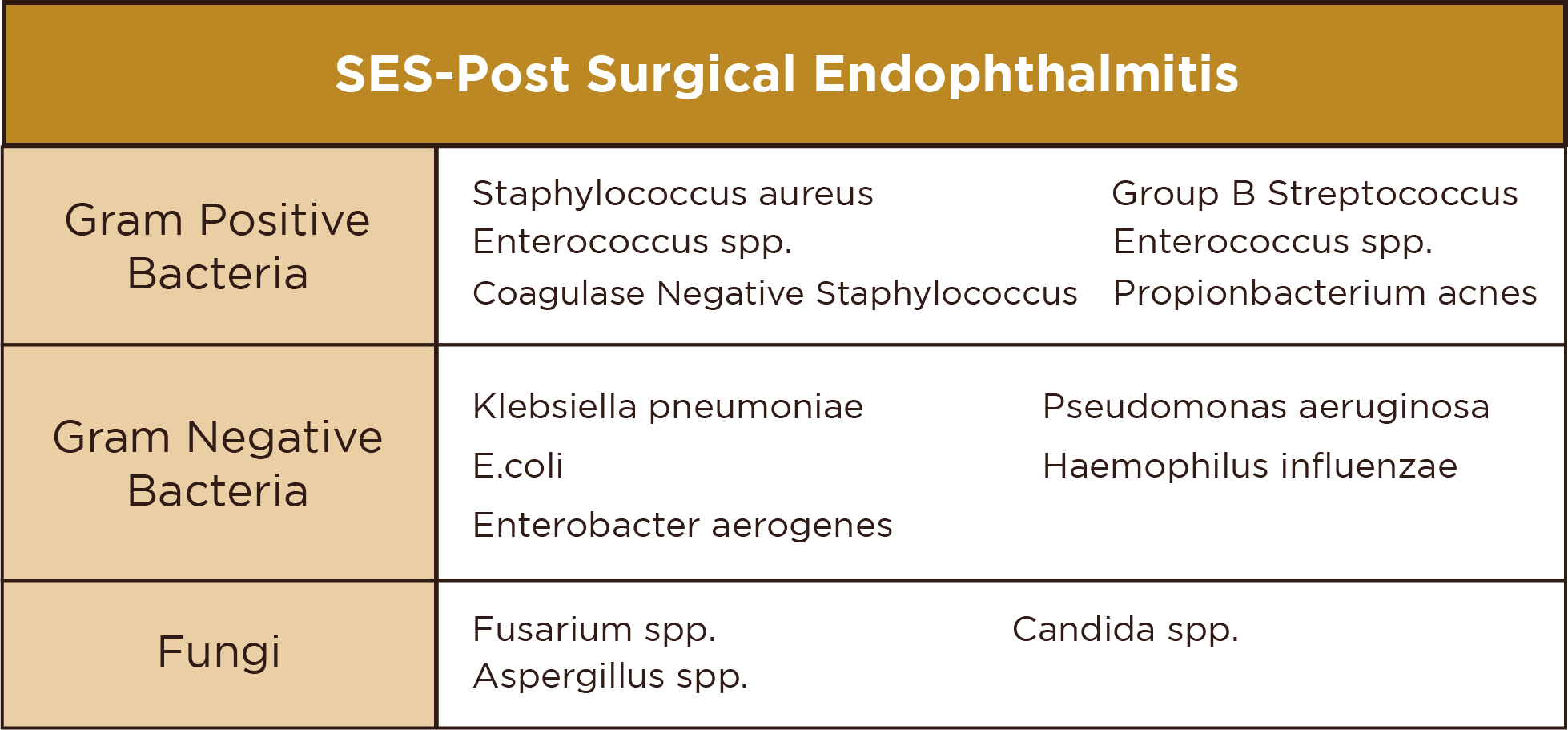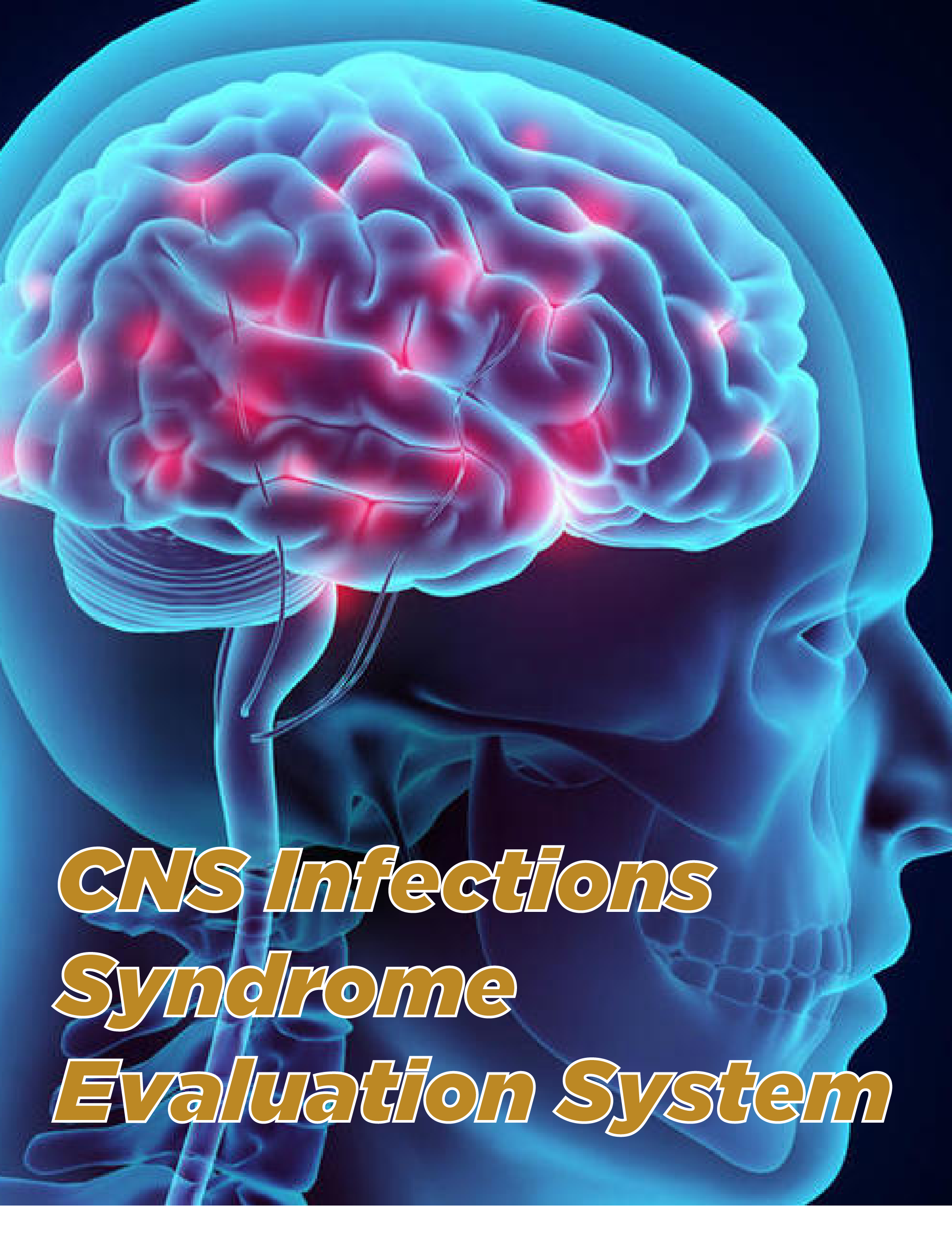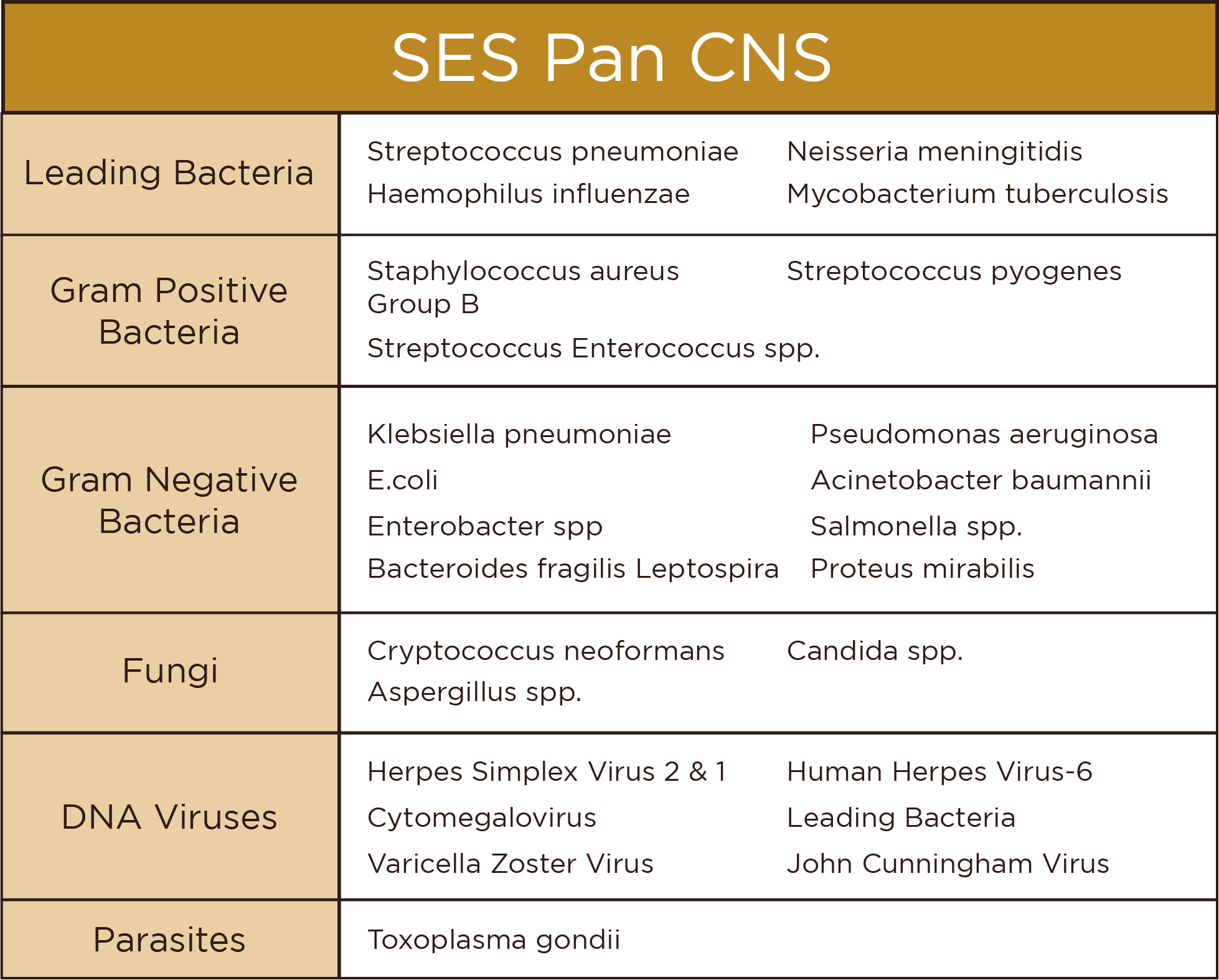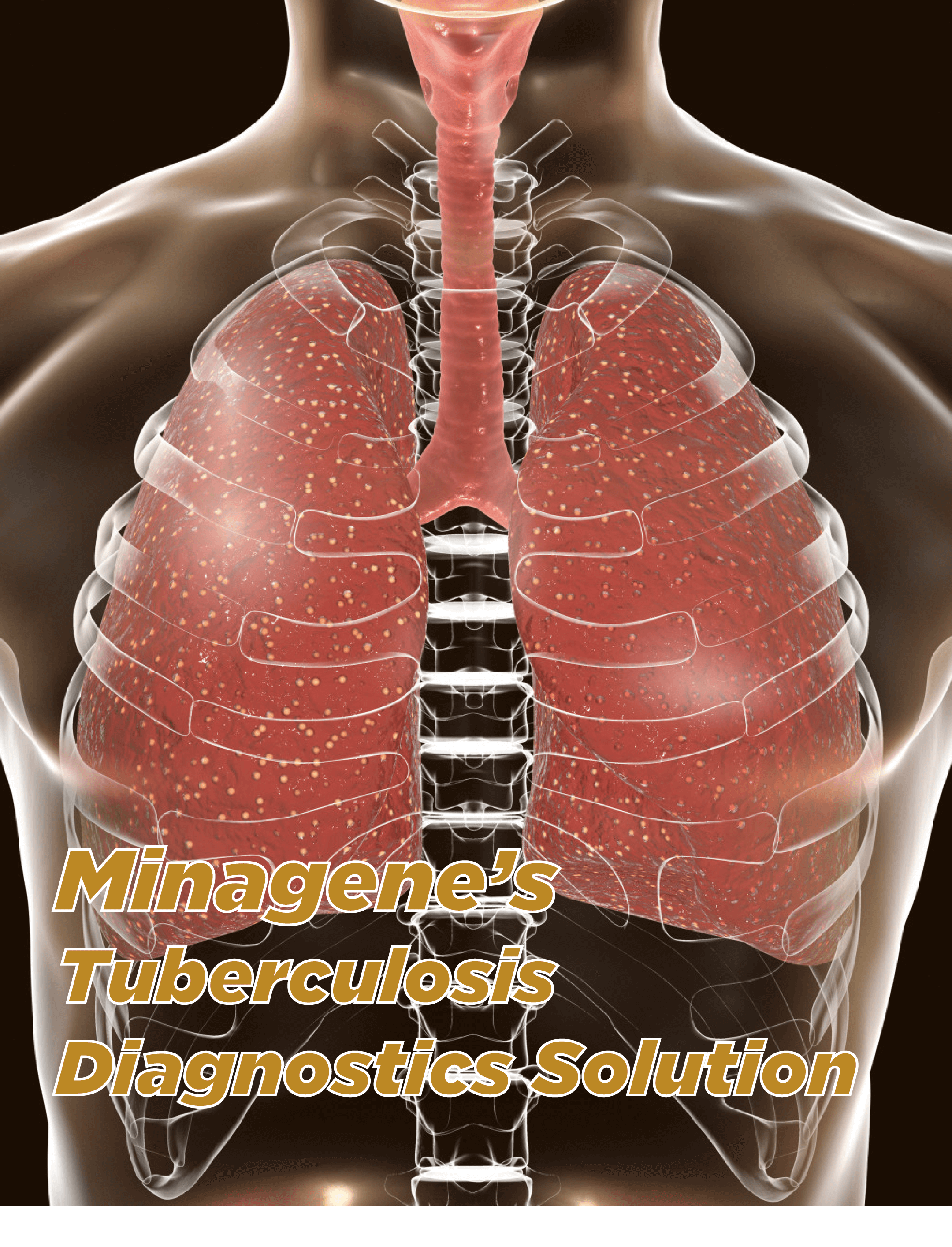
Overview
Minagene's proprietary solution utilizes whole-genome sequencing directly from sputum and other clinical samples to rapidly detect Mycobacterium tuberculosis complex and identify genetic mutations associated with drug resistance.
Methodology
Specimens undergo phenol-chloroform
Specimens undergo phenol-chloroform extraction followed by Nextera XT library preparation and Illumina sequencing. A curated pathogen database enables identification of Mtb from sequencing reads. Algorithms further characterize resistance-conferring variants across all anti-TB drug targets.
Key Highlights of Minagene’s Tuberculosis Diagnostics Solution
-Detects Mtb directly from specimens in hours, not weeks
-Sensitively identifies non-tuberculous mycobacteria
-Assesses mutations for all first and second-line drugs
-Predicts multidrug resistant/extensively drug resistant profiles
-Guides early optimization of personalized treatment regimens
By applying an unbiased meta’omic approach, this solution resolves diagnostic delays impairing TB control. Rapid resistance data supports effective empiric therapy selection while limiting further transmission of resistant strains.
When to Consider Minagene’s Tuberculosis Diagnostics Solution
Physicians should utilize Minagene's sequencing-based TB diagnostic in confirmed or suspected cases where rapid anti-microbial stewardship is paramount to improving patient outcomes and public health.


